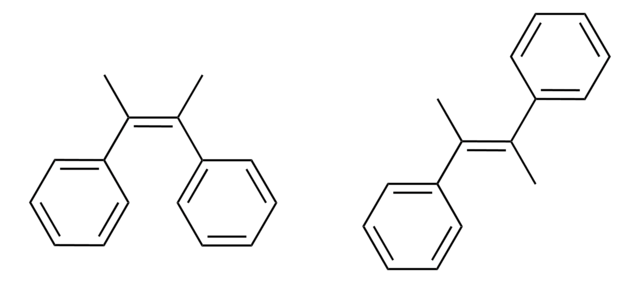おすすめの製品
product name
ポリ(エチレングリコール)ジメタクリレート, average Mn 10,000, contains MEHQ as inhibitor
形状
powder
分子量
average Mn 10,000
含みます
MEHQ as inhibitor
≤1,500 ppm MEHQ as inhibitor (may contain)
反応適合性
reagent type: cross-linking reagent
reaction type: Polymerization Reactions
bp
>200 °C/2 mmHg (lit.)
転移温度
Tm 56-61 °C
Mw/Mn
≤1.1
Ω末端
methacrylate
α末端
methacrylate
ポリマー構造
shape: linear
functionality: homobifunctional
保管温度
−20°C
SMILES記法
OCCO.CC(=C)C(O)=O
InChI
1S/C10H14O4/c1-7(2)9(11)13-5-6-14-10(12)8(3)4/h1,3,5-6H2,2,4H3
InChI Key
STVZJERGLQHEKB-UHFFFAOYSA-N
類似した製品をお探しですか? 訪問 製品比較ガイド
関連するカテゴリー
調製ノート
保管分類コード
11 - Combustible Solids
WGK
WGK 1
適用法令
試験研究用途を考慮した関連法令を主に挙げております。化学物質以外については、一部の情報のみ提供しています。 製品を安全かつ合法的に使用することは、使用者の義務です。最新情報により修正される場合があります。WEBの反映には時間を要することがあるため、適宜SDSをご参照ください。
Jan Code
725684-1G:
725684-BULK:
725684-VAR:
試験成績書(COA)
製品のロット番号・バッチ番号を入力して、試験成績書(COA) を検索できます。ロット番号・バッチ番号は、製品ラベルに「Lot」または「Batch」に続いて記載されています。
この製品を見ている人はこちらもチェック
資料
細胞存在下で応用可能ないくつかの2Dおよび3D足場パターン形成技術の利点と制約について紹介します。PEGを用いたヒドロゲルについて議論しますが、任意の透明な光活性材料に応用が可能です。
Scaffold patterning with poly(ethylene glycol)-based hydrogels for cell presence in 2D and 3D environments on photoactive substrates.
Hydrogel-based biomaterials for cell delivery and tissue regeneration applications are discussed.
非細胞性バイオプリンティングと細胞性バイオプリンティングの2種類の方法について、構造体に適した材料や製作方法を簡単に紹介します。
ライフサイエンス、有機合成、材料科学、クロマトグラフィー、分析など、あらゆる分野の研究に経験のあるメンバーがおります。.
製品に関するお問い合わせはこちら(テクニカルサービス)





